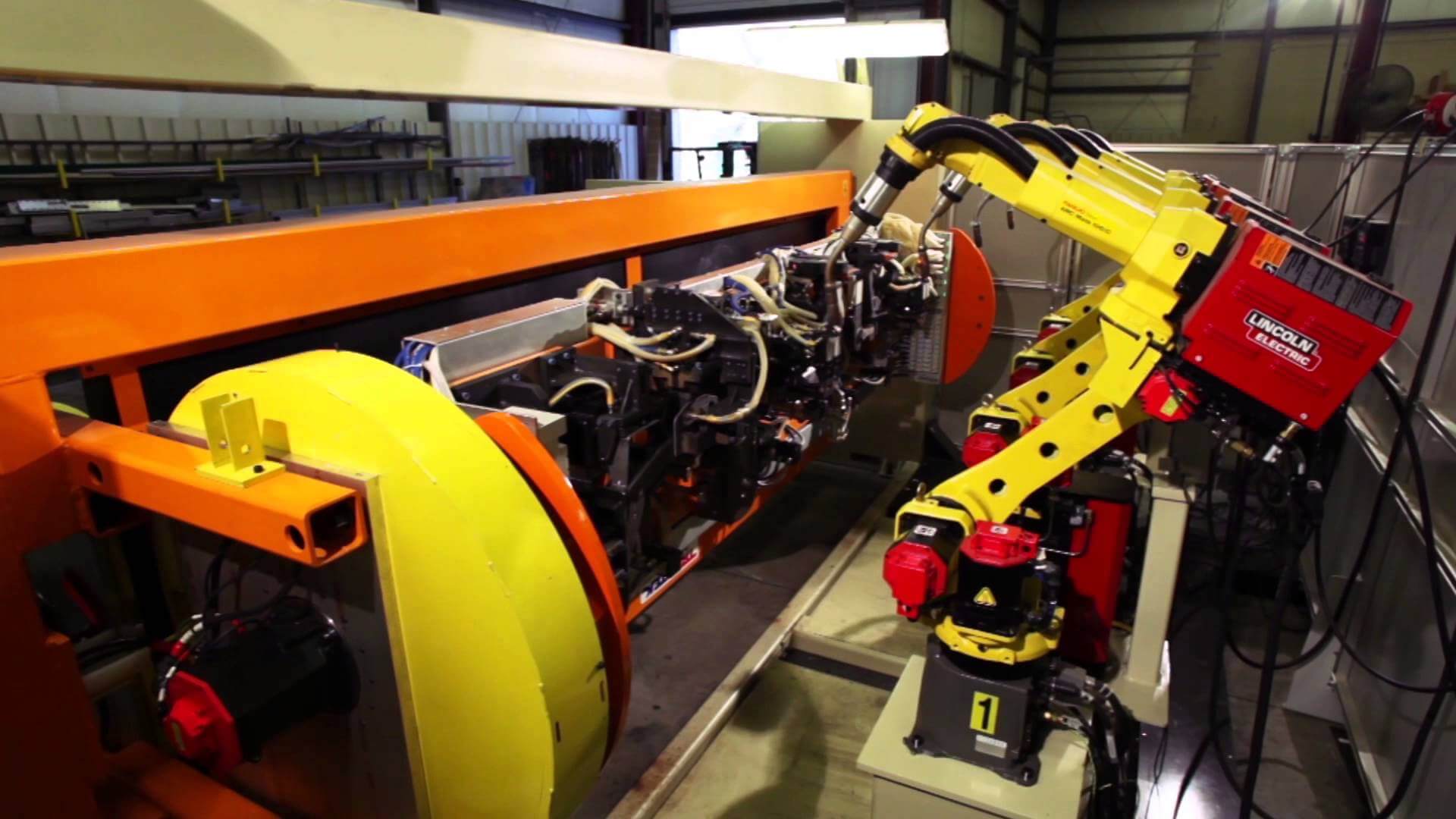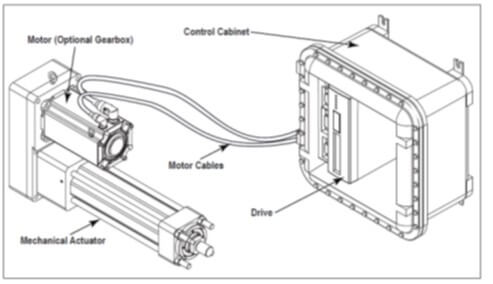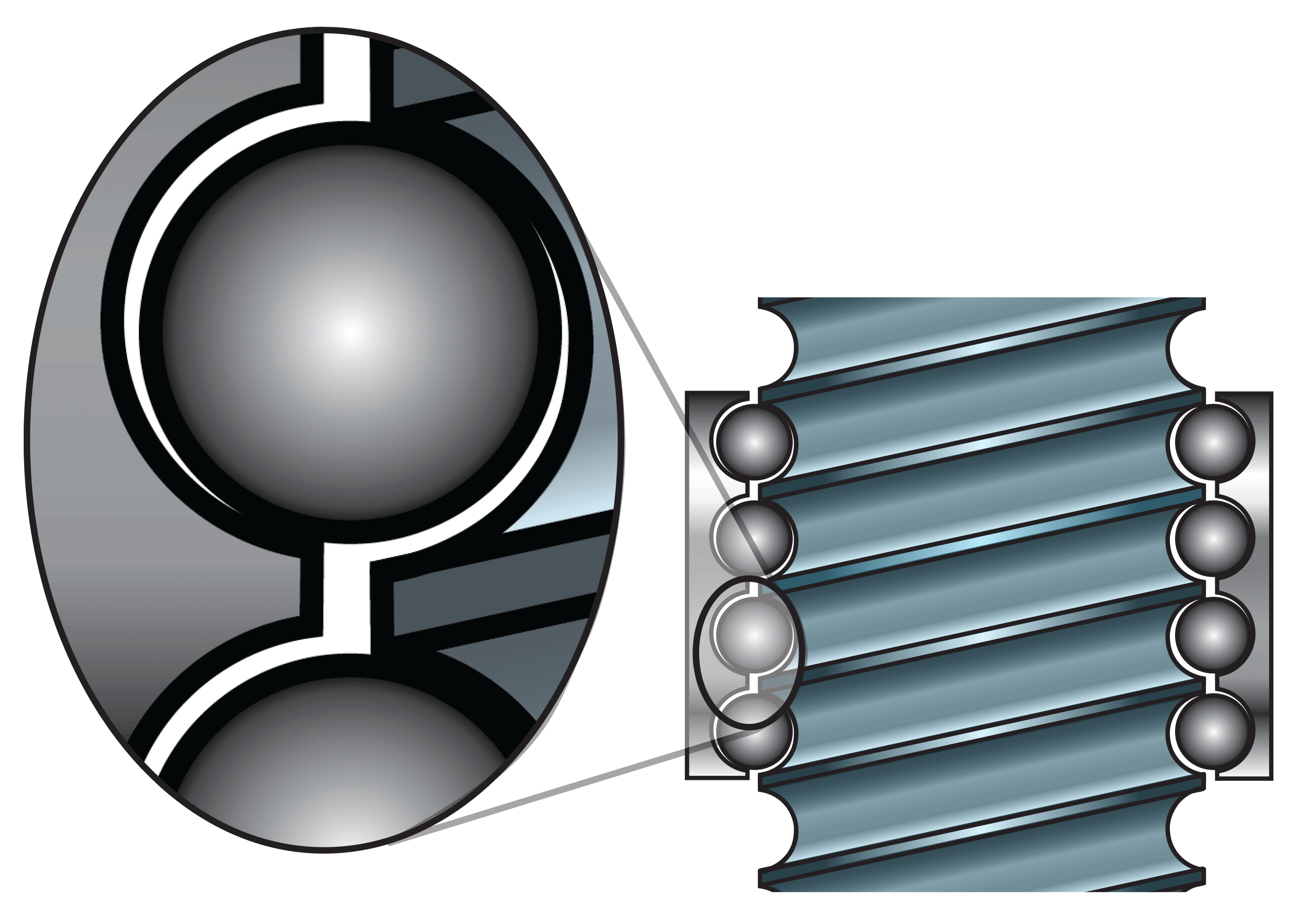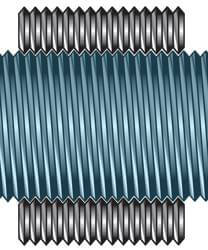High-force linear actuators. Roller screws vs. ball screws
By Andrew Zaske on February 12, 2020
 As a machine designer, you’ve probably been faced with this scenario: you need a high-force linear actuator. But that’s not all. Your linear motion system also needs to allow infinite positioning, complete control of speeds, be long-lasting, require little maintenance, and offer low total cost of ownership.
As a machine designer, you’ve probably been faced with this scenario: you need a high-force linear actuator. But that’s not all. Your linear motion system also needs to allow infinite positioning, complete control of speeds, be long-lasting, require little maintenance, and offer low total cost of ownership.
Not too long ago the only solution for high-thrust linear motion was fluid-powered cylinders that used high-pressure air or hydraulic oil. Although these cylinders could provide the force required, they could not deliver on the requirements for infinite positioning, speed control, and low maintenance.
Now there are electric rod actuators that deliver high forces and excel at the other criteria as well. Often these electric high-force linear actuators utilize ball or roller screws. However, it’s a challenge to choose the right screw technology for a high-force application.
This blog will give you an overview of the advantages of each screw technology, but for a full explanation, see our white paper, How roller screw and ball screw actuators compare in high-force applications.
Electric rod actuators for high-force applications
Why go with electric actuation? Here are some advantages.
Programmability/control of variables
An electric linear actuator with a servo motor can control position, velocity, force, acceleration/deceleration and more. Adjustments are quick, so changeovers are automatic. Accuracy and repeatability are far better than with a fluid-powered system. You can also use power feedback from the motor to understand exactly how much work is getting done at each point of the motion profile.
Life and maintenance
When an electric linear actuator is sized correctly for the application, there is minimal maintenance required and no unexpected downtime. For correct sizing, we recommend you rely on the advice of a linear motion specialist and tools provided manufacturers, like our sizing software.
Footprint
An electric servo actuator system (actuator, motor, cables, and drive) takes up much less space than needed for a fluid-powered system, like a complete hydraulic cylinder system with its required hydraulic power unit (HPU).
Environmental risks
With fluid-powered systems, leaks happen periodically. They’re even expected. Hydraulic leaks create safety hazards, contaminate products and pollute the environment. Clean-up can be costly and time-consuming. On the other hand, electric actuation is one of the cleanest linear motion technologies.
Efficiency and life-cycle cost
Electric linear actuator systems are very efficient, typically operating at 75 to 80 percent efficiency, so they use less power than hydraulic systems. Hydraulic systems are only 40 to 50 percent efficient. This increased efficiency coupled with lower maintenance requirements and long life gives electric rod actuators a markedly lower total cost of ownership.
Screw technologies for high-force applications
In an electric rod actuator, it’s the screw/nut combination that converts the rotary motion of the motor to linear motion. Roller screws and ball screws are typically used in high-duty-cycle and high-force applications.
 Ball screws
Ball screws
As the name implies, ball screws have recirculating ball bearings that fit between the arch-shaped threads of the screw and nut. The ball bearings transmit force and motion efficiently as they roll through one or more circuits in the nut. An increase in the number and/or diameter of balls inside the nut creates more thrust-supporting contact surfaces, so the thrust capability of the screw/nut increases.
Ball screw actuators have higher force capabilities, longer service lives, and greater efficiency than acme screw actuators. They perform well in applications that require high duty cycles, moderate to high thrust and moderate speeds. Plus, ball screws are typically 85-90% efficient and are reasonably priced.
Roller screws
Standard roller screws have triangular-shaped, precision-ground threads that match multiple threaded rollers in the nut. They have very high force transmission capabilities since the rollers have significant contact with the screw threads. Roller screw systems deliver high force, operate at high speeds, are long-lasting, and require little maintenance. The initial purchase cost is typically more than ball screws, but this higher initial cost can be offset in many applications by their force transmission capabilities and long life.
Roller screw or ball screw. Which to use?
|
|
BALL |
ROLLER |
|
Stroke |
Long |
Long |
|
Speed |
High |
Medium to High |
|
Force to screw size ratio |
Medium |
High |
|
Accuracy |
Low to High |
Medium to High |
|
Backlash |
Zero to Medium |
Zero to Low |
|
Repeatability |
Medium to High |
High |
|
Resolution |
Medium to High |
Medium to High |
|
Efficiency |
Highest |
High |
|
Short stroke pressing, vibrating applications |
Poor to Medium |
High |
If a roller screw and a ball screw are of comparable size and lead, the ball screw’s ball bearings will have fewer points of contact than the roller screw's threads, resulting in lower force and a shorter life.
But look at the chart shown here. You’ll see that there are no absolutes. The answer to the question of which screw type is best is, “It depends.”
For most applications that require high force, repetitive cycles, and long life, a roller screw linear actuator is the way to go. However, if the force is somewhat lower and the application calls for high continuous speeds, a ball screw actuator may be suitable.
In summary
If properly applied, electric actuators with either roller screw or ball screw technology can improve the overall efficiency of applications ranging from low to high force, reduce environmental impact, and lower life-cycle costs.
When you have to decide whether to use ball screw or roller screw technology in your high-force linear motion system, we recommend you work with an actuator supplier that has expertise in both screw technologies. They can provide guidance to a solution that fits not only the application requirements but also the capital cost and life requirements.
There are many factors to consider when selecting a linear motion system. Each application will be unique. If you have questions or need engineering input from linear motion experts, contact us.
Don’t forget this resource
For a full explanation of these decision factors, please download our new white paper, How roller screw and ball screw actuators compare in high-force applications.

 Ask an Engineer
Ask an Engineer